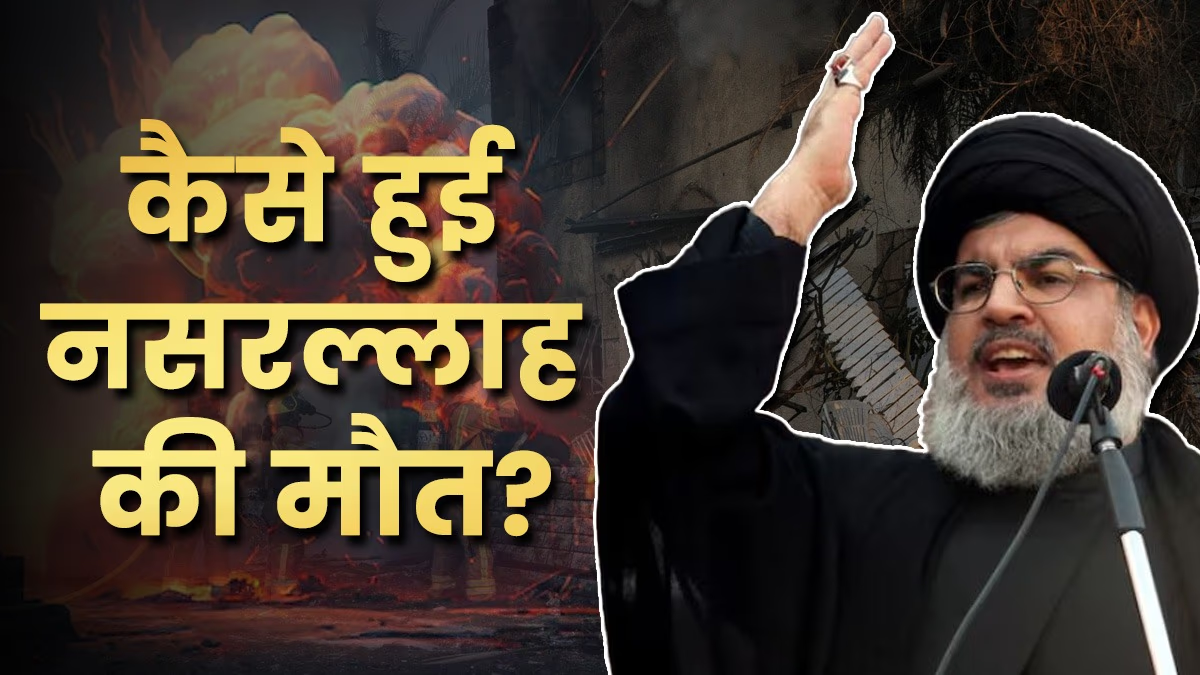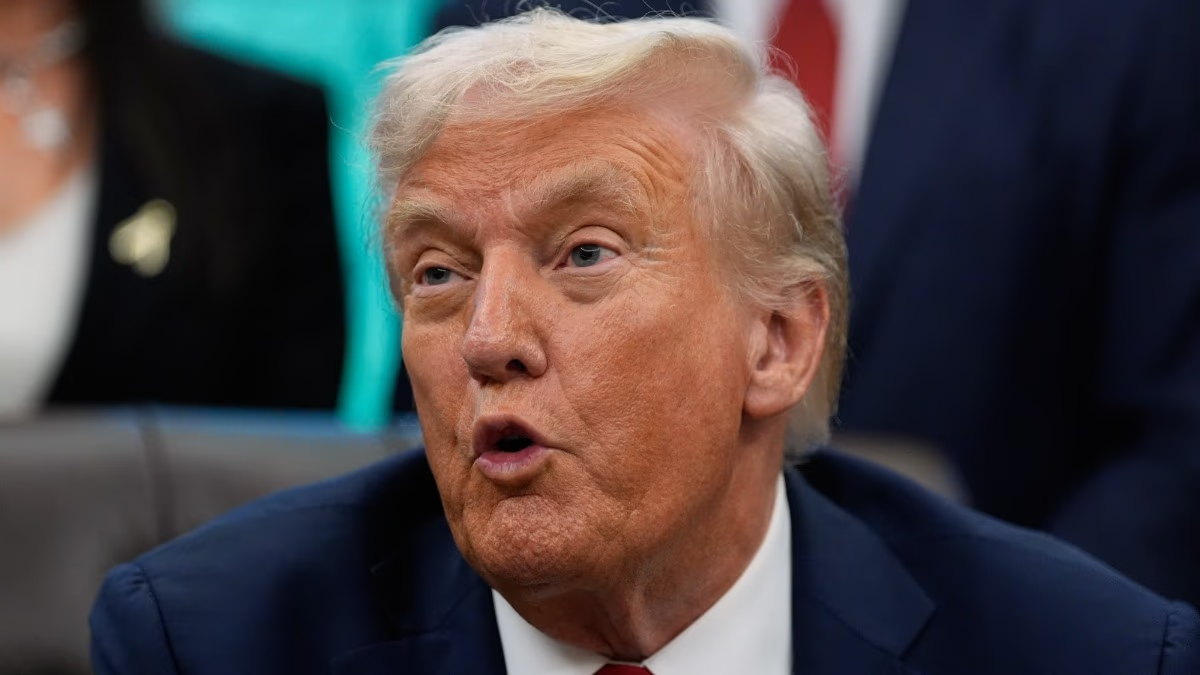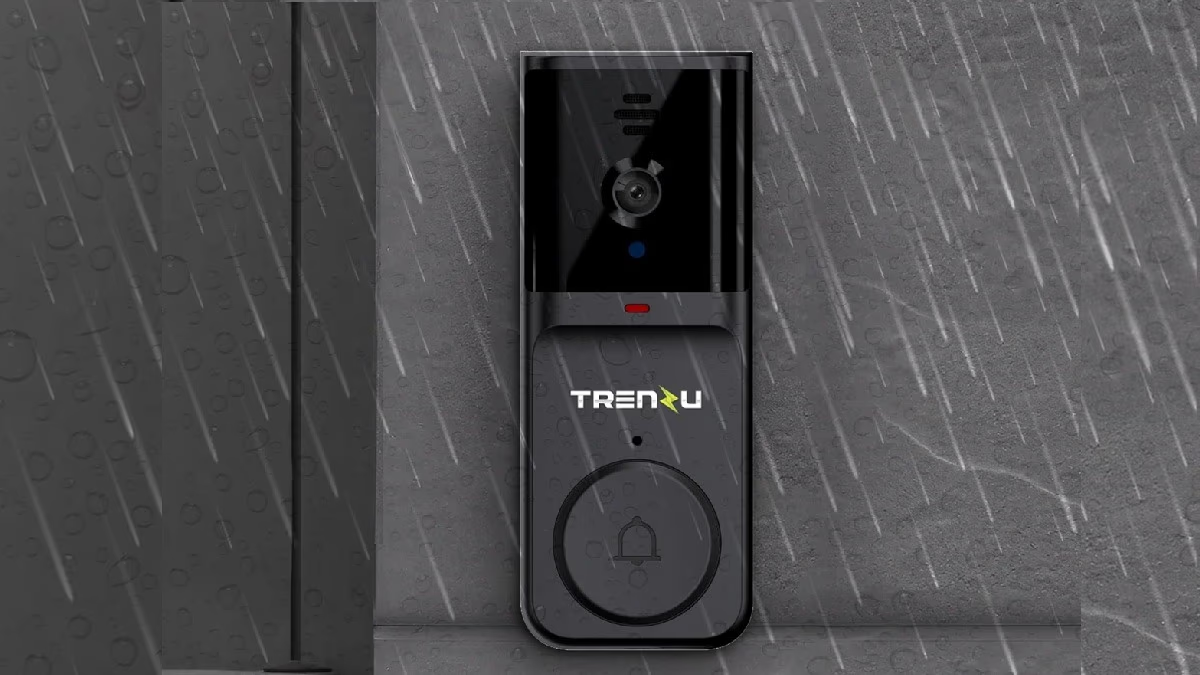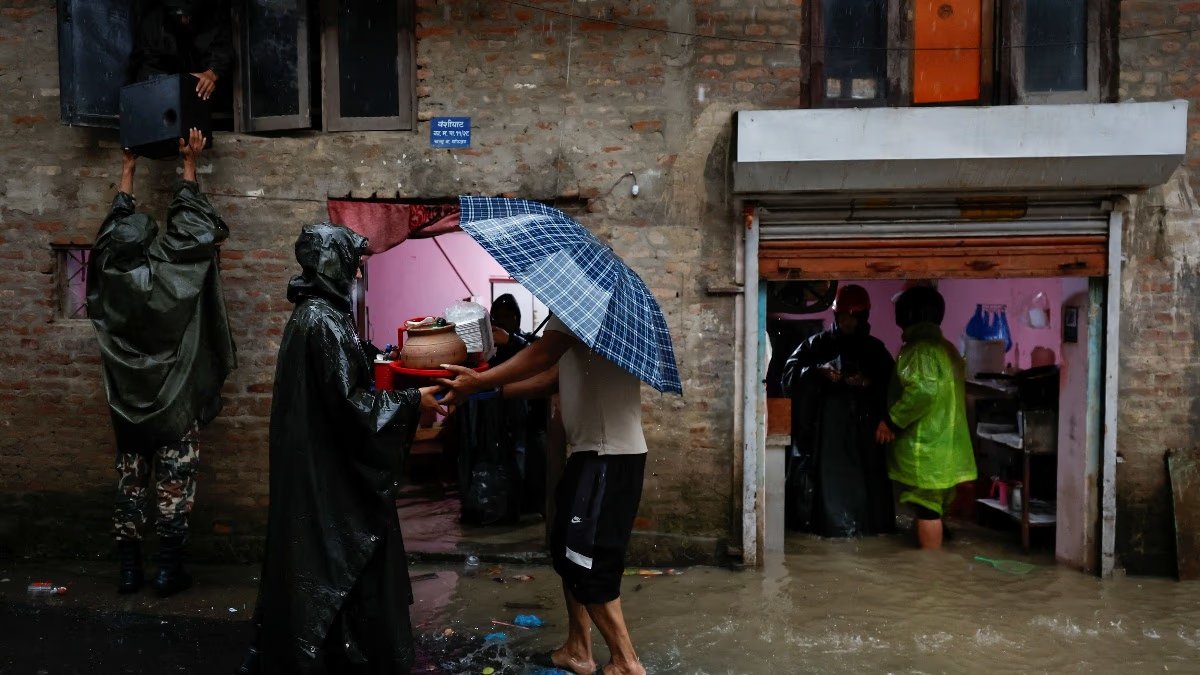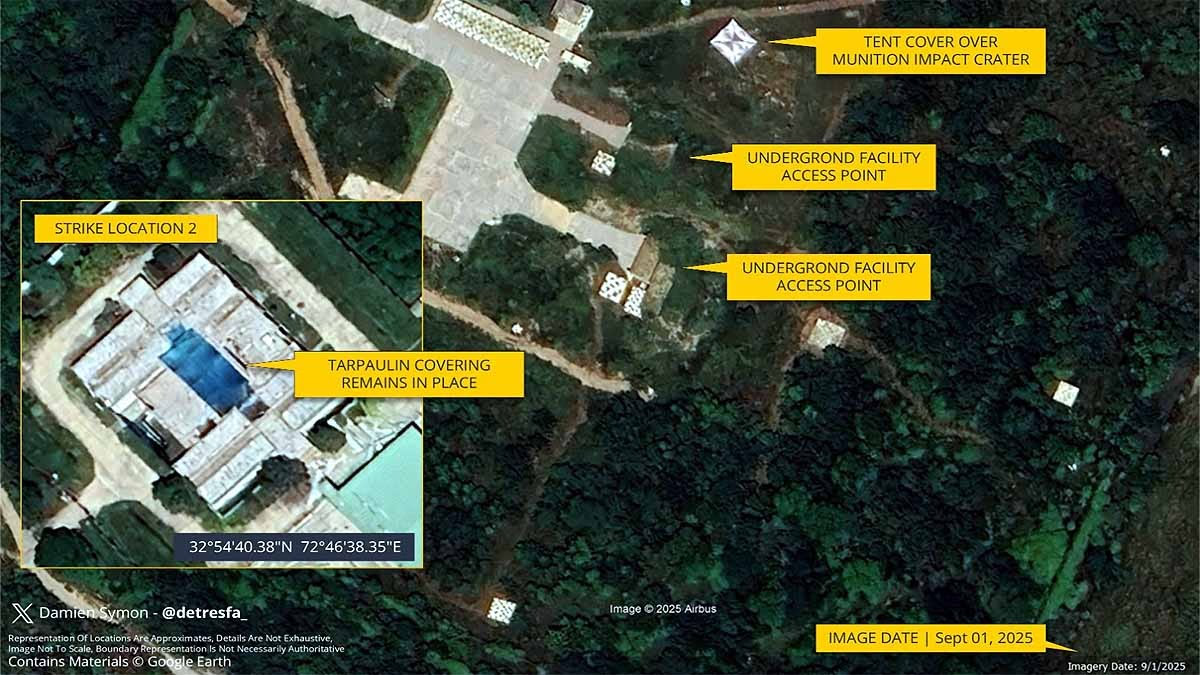The body of Hezbollah chief Hassan Nasrallah, who was killed in an Israeli airstrike, has been recovered. His remains were discovered at the site in Beirut, Lebanon, where the IDF conducted an airstrike. The cause of his death remains unclear, as his body showed no signs of injury. It is speculated that the impact of severe bomb blasts caused his death.
According to Lebanese security and medical sources speaking to Reuters, Hassan Nasrallah's body showed no visible injuries, indicating that trauma from the intense bombings may have been the cause of death. Hezbollah did not disclose the cause of his death or the details of his funeral when confirming his demise on Saturday.
After Hassan Nasrallah's death, Iran issued several statements. Iran's Supreme Leader Ayatollah Ali Khamenei mentioned that the people of Lebanon have not forgotten the time when the forces of the occupying regime were advancing towards Beirut. It was Hezbollah that halted their progress, bringing pride to Lebanon. He added that Israel is too small to harm Hezbollah.
Following the Hezbollah chief's death, Iraqi Prime Minister Mohammed Shia' Al Sudani declared three days of mourning in the country. This incident has heightened tensions in the Middle East. Meanwhile, Ayatollah Ali Khamenei in Iran held an emergency meeting. According to Reuters, Khamenei has been moved to a secure location.
Lebanon has also announced five days of mourning. Homes, offices, and markets are all closed. The global community is reacting to the Lebanon-Israel conflict, with Israel declaring it will continue the war until the hostages are released. Lebanon stated that the Israeli attack on Saturday resulted in 33 deaths and over 195 injuries.
Read More:
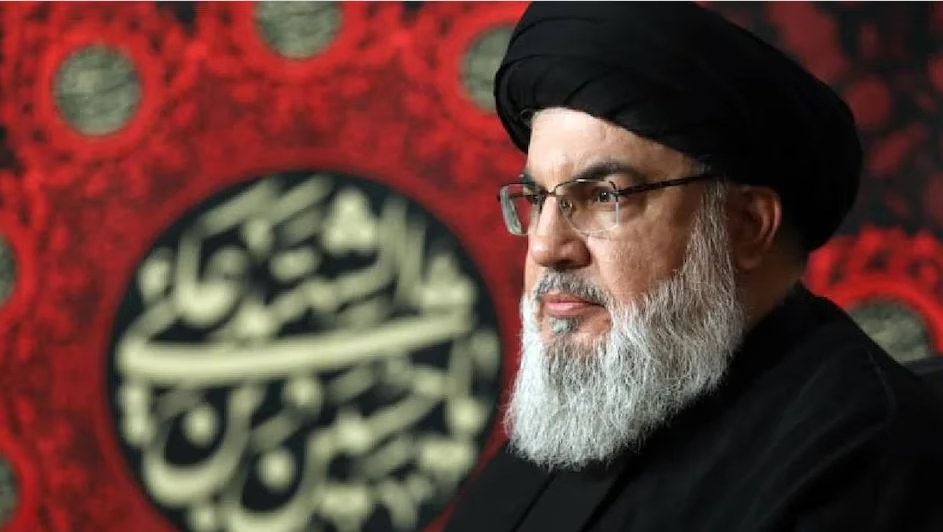
Source: aajtak
Nasrallah Hid Just 53 Meters from a United Nations School
The Israeli Defense Forces (IDF) have made a significant revelation. According to the IDF, Hassan Nasrallah was hiding in an underground headquarters just 53 meters away from a United Nations school. This location in Beirut, Lebanon, is a residential area where ordinary people live. Beneath these civilian buildings, Nasrallah was present with several commanders and fighters.
The IDF claimed to have killed 20 terrorists along with Nasrallah. The spokesperson mentioned significant figures such as Ibrahim Hussein Jazini (Security Chief), Samir Tawfiq Diab (Advisor), Abdel Amir Muhammad Sablini (Senior Commander), and Ali Nafe Ayoub among the dead. Israel is known for its capability to infiltrate other countries and eliminate its enemies.
However, dismantling Hezbollah's infrastructure and morale is not easy. The story began in the 1980s when an anti-Israel sentiment arose in Lebanon. At that time, Hezbollah used tunnels extensively. A significant turning point came when Iran and North Korea assisted in constructing tunnels for missile storage, expanding Hezbollah's network.
By 1990, Hezbollah had gained control over Southern Lebanon. When the Israeli army withdrew from Lebanon in 2000, Hezbollah claimed the army fled fearing them. It was the first time Israel left an Arab territory unilaterally without a peace treaty, which many Arab citizens viewed as a significant victory.
Hassan Nasrallah's power grew steadily, solidifying Hezbollah's influence in Lebanon. However, his death now increases the risk of retaliation against Israel. Despite continuous attacks on Hezbollah, it remains undefeated. An American report indicates that the group has around 40,000 to 50,000 fighters, while Nasrallah claimed they have 100,000 fighters.
Read More:
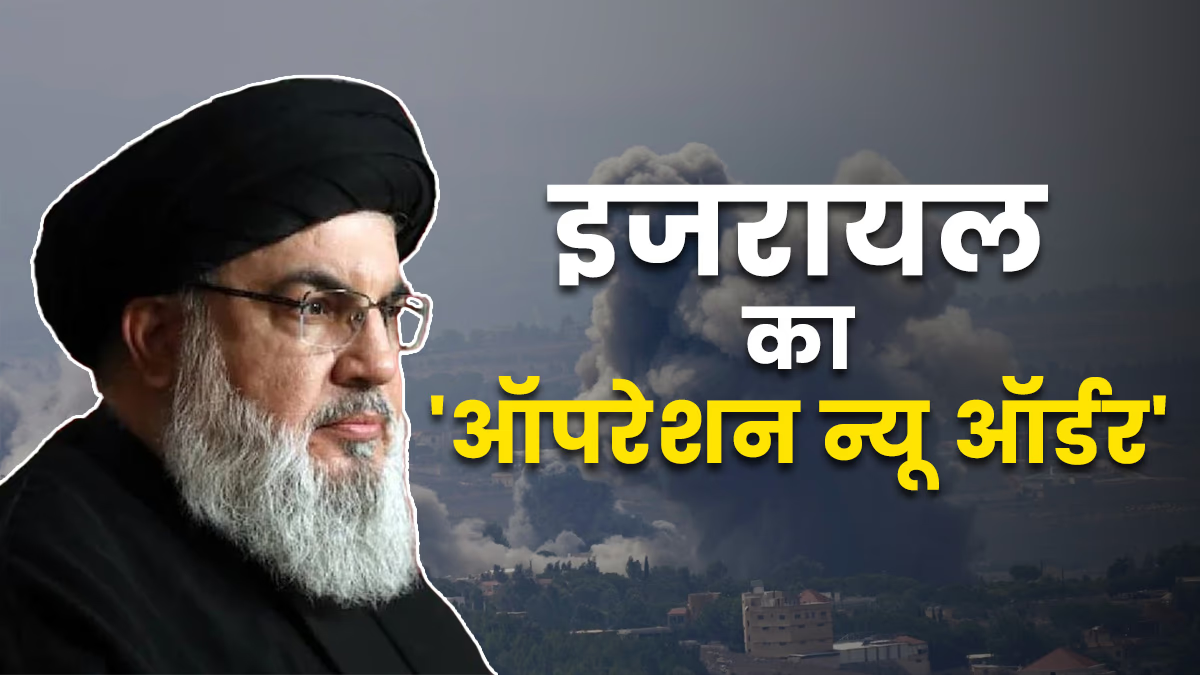
Source: aajtak
The Inside Story of Hassan Nasrallah’s Demise
Israel's most wanted, Hassan Nasrallah, is dead. While this is widely known, the precise details of this accurate operation are quite revealing. The attacks began ten days before the announcement. Hezbollah fighters in Lebanon experienced their mobile phones and pagers suddenly exploding. This marked the beginning of a barrage of Israeli attacks over ten days, resulting in daily casualties and destruction.
During this period, Israeli intelligence agency Mossad learned that Hassan Nasrallah was in the underground Hezbollah headquarters in a residential area of Dahieh, Beirut, along with top commanders. He was accompanied by his daughter Zainab and Southern Range Commander Ali Karaki. At the time, Israeli Prime Minister Benjamin Netanyahu was addressing the United Nations headquarters, having already approved the operation.
Read More:
Israeli fighter jets took off from Tel Aviv's military airbase, targeting Hezbollah's headquarters in Dahieh, Beirut. The attack was so intense that it shook the entire Beirut. This was the most massive attack on Hezbollah ever. Bombs rained on Hezbollah's headquarters for half an hour, demolishing six nearby buildings, leaving a 65-foot wide crater. Nothing was left standing, just piles of rubble.
No chance of survival was given to Nasrallah. Hours later, it was announced that Nasrallah was dead. The Israeli army tweeted that there’s no need to fear Nasrallah anymore as he can no longer spread terror. Hezbollah acknowledged his death 20 hours later. Israel devastated 40% of Beirut easily, marked by smoke rising everywhere and chaos among the people.
